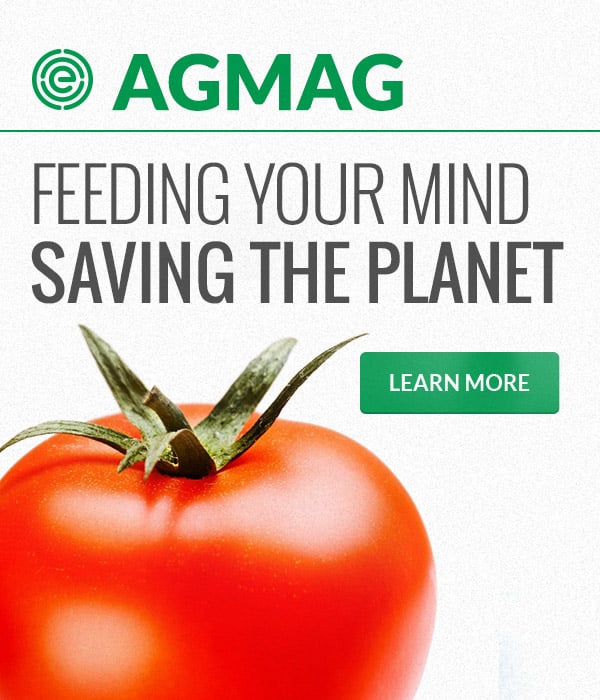Livestock Forage Disaster Program in Keith County, Nebraska, 1995-2023
Subsidy Recipients 1 to 20 of 312
Recipients of Livestock Forage Disaster Program from farms in Keith County, Nebraska totaled $15,161,000 in from 1995-2023.
| Rank | Recipient (* ownership information available) |
Location | Livestock Forage Disaster Program 1995-2023 |
|---|---|---|---|
| 1 | Tab Martin | Keystone, NE 69144 | $544,925 |
| 2 | Krab Inc | Paxton, NE 69155 | $528,421 |
| 3 | Haythorn Land And Cattle Co | Arthur, NE 69121 | $409,382 |
| 4 | Nevens Ranch Inc | Keystone, NE 69144 | $379,539 |
| 5 | Don Mccasland | Lemoyne, NE 69146 | $375,000 |
| 6 | Donald Parker | Keystone, NE 69144 | $363,956 |
| 7 | Becky J Parker | Keystone, NE 69144 | $363,956 |
| 8 | Keystone Ranch Co | Ogallala, NE 69153 | $349,039 |
| 9 | Krab L & C Inc | Paxton, NE 69155 | $312,686 |
| 10 | Greg V Gade | Lewellen, NE 69147 | $301,586 |
| 11 | Steven Scott Glinn | Keystone, NE 69144 | $300,423 |
| 12 | Gary Glinn | Keystone, NE 69144 | $296,136 |
| 13 | Diamond B Cattle Co Inc | Ogallala, NE 69153 | $271,856 |
| 14 | Thomas Land Company | Miami Beach, FL 33139 | $244,750 |
| 15 | Mark Speck | Keystone, NE 69144 | $244,616 |
| 16 | David H Knight | Keystone, NE 69144 | $244,602 |
| 17 | Eakins & Snyder LLC | Paxton, NE 69155 | $208,525 |
| 18 | Joan Hansmeier | Keystone, NE 69144 | $204,818 |
| 19 | Wayne Hansmeier | Keystone, NE 69144 | $204,818 |
| 20 | Loren Soper | Keystone, NE 69144 | $199,001 |
* USDA data are not "transparent" for many payments made to recipients through most cooperatives. Recipients of payments made through most cooperatives, and the amounts, have not been made public. To see ownership information, click on the name, then click on the link that is titled Ownership Information.
** EWG has identified this recipient as a bank or lending institution that received the payment because the payment applicant had a loan requiring any subsidy payments go to the lender first. In 2019, the information provided to EWG by USDA began to include the entity that received the payment, rather than the person or entity that applied for it, which was previously provided. This move to shield subsidy recipients from disclosure enables USDA to further evade taxpayer accountability. Six percent of subsidy dollars went to banks, lending institutions, or the Farm Service Agency.”
Next >>



 Increasing crop reference prices would hurt young farmers
Increasing crop reference prices would hurt young farmers
 Do billionaires get farm subsidies?
Do billionaires get farm subsidies?
 Crop insurance pays billions in weather-related losses linked to the climate crisis
Crop insurance pays billions in weather-related losses linked to the climate crisis
 Crop insurance costs soar over time, reaching a record high in 2022
Crop insurance costs soar over time, reaching a record high in 2022
 As the climate emergency heats up the Southwest, crop insurance payouts for heat surge
As the climate emergency heats up the Southwest, crop insurance payouts for heat surge
 In the intensifying climate crisis, a hotter Southwest spurs rising heat-related crop insurance costs
In the intensifying climate crisis, a hotter Southwest spurs rising heat-related crop insurance costs
